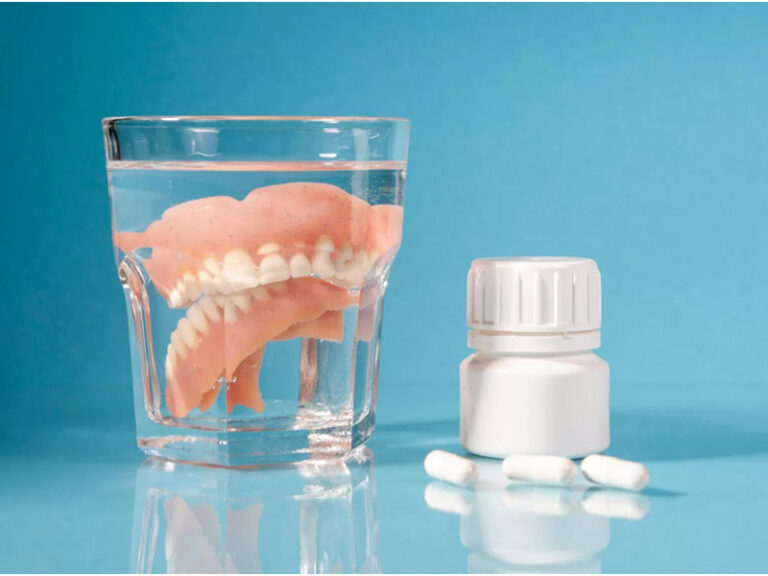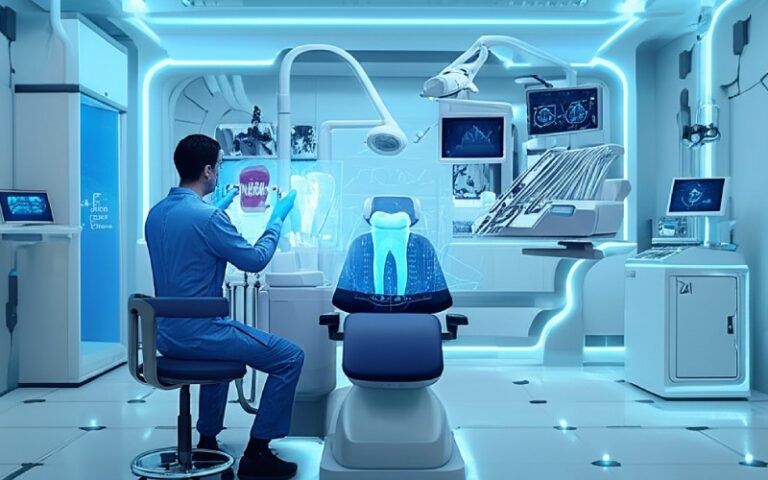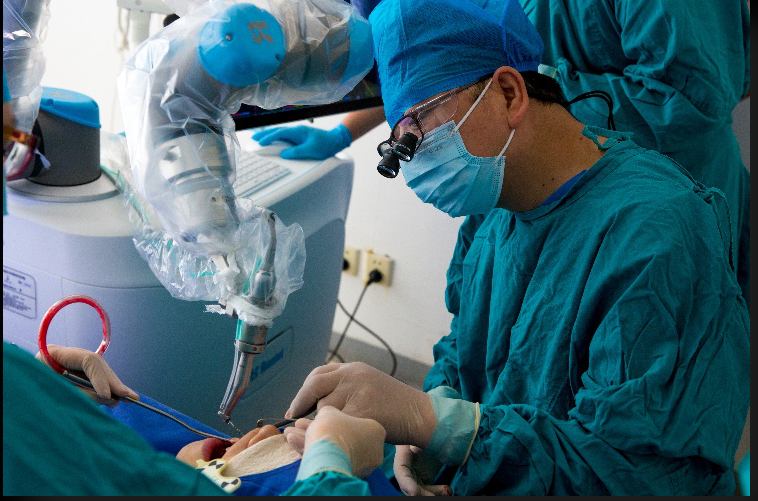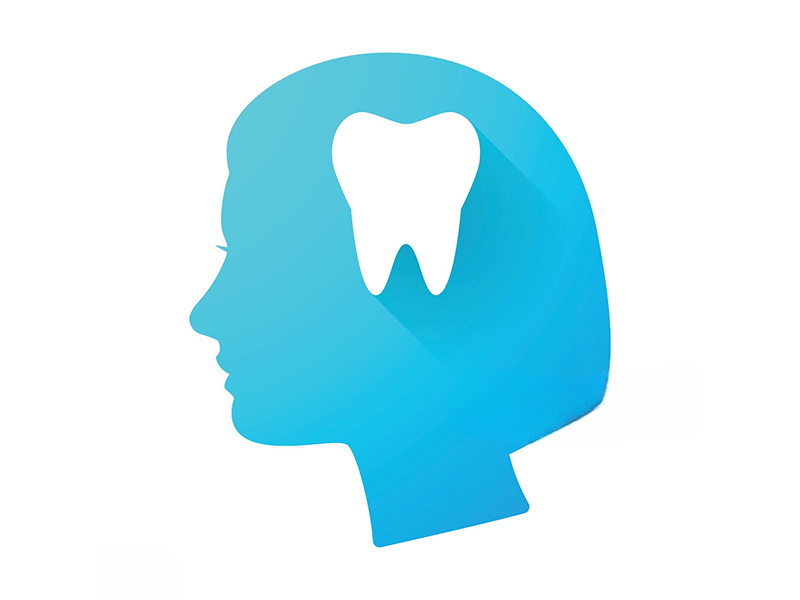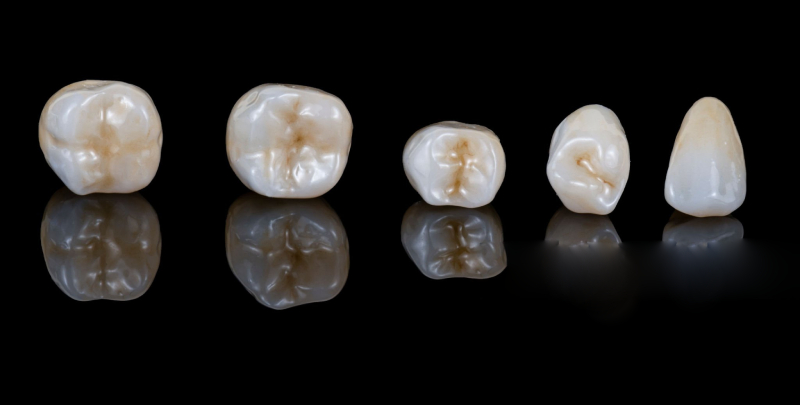
Options for Really Bad Teeth: A Caring, Doctor-Approved Guide to Getting Your Smile and Health Back
That moment you catch your reflection and wonder, “Are my teeth too far gone?”—you’re not alone. Maybe you feel embarrassed to smile, it hurts to eat, or you can’t seem to get straight answers. Here’s the good news: no matter how tough things look, there are real, proven ways to help. Even if your teeth feel hopeless, there’s something that can be done. If you want advice from someone who understands but also knows what they’re talking about, you’re in the right place.
Table of Contents
What Does “Really Bad Teeth” Mean? The Health Perspective
“Is This Normal? Should I Be Worried?”
The truth is, no one plans for bad dental problems. Life gets hectic, dental fears might keep you away, or maybe health problems make looking after your mouth tough. Missing teeth, endless toothaches, broken caps, or bleeding gums can leave you thinking you’re out of luck. You aren’t. Millions of folks go through this and, with proper care, most can get back to having a healthy, working, and even good-looking smile.
The Common Reasons People Get “Really Bad Teeth”
Knowing what causes major tooth trouble can help you feel less alone and get you moving in the right direction. Most “bad teeth” problems boil down to a few main things:
- Big Cavities: Left alone, cavities can eat away the tooth all the way to the root.
- Serious Gum Disease: When gum problems get worse, they wreck the bone and tissue holding your teeth in.
- Missing Teeth: Sometimes you have to pull teeth or lose them from health problems or not getting care.
- Badly Cracked or Worn Teeth: Injury, grinding, or even acid from drinks or heartburn all do damage.
- Infections or Dental Abscesses: Ongoing infection around your teeth can break down bone and cause lots of pain.
Feeling upset or nervous about this is just part of being human.
The Domino Effect: How Your Mouth Impacts Everything
It’s easy to think tooth trouble only changes how you look. That’s just a small part—the mouth connects to your whole body.
- Pain & Discomfort: Ongoing aches or swollen gums can mess with eating and sleeping.
- Trouble Eating & Talking: Missing or wrecked teeth make it harder to eat well or talk clearly.
- Whole-Body Health Problems: Bad mouth health raises your risk for things like heart problems, diabetes, and breathing infections. Think of your mouth as the front door to the rest of your body—when stuff goes wrong here, other things can follow.
- Confidence: Not wanting to smile, skipping social stuff, and feeling down are common when teeth are in bad shape.
But none of this means you’re stuck this way. Dental care today can turn things around.
Your First Step: The Full Dental Checkup
“What Happens When I Finally Go to the Dentist?”
You might worry about being judged or just don’t know what to expect. Let’s take away the guesswork:
What the Full Checkup Looks Like
- They Look In Your Mouth: The dentist checks for cavities, broken teeth, thin enamel, or gums pulling back.
- X-Rays & 3D Pictures: This shows hidden problems like more cavities, lost bone, or infections.
- Gum Check: They gently check your gums for swelling, bleeding, or loose teeth—signs of gum disease.
- How Your Bite Works: Any jaw issues, soreness, or cracking sounds? You need your bite to work right.
- Your Health Story: Let the dentist know about other health problems. That shapes what kind of dental work is safe for you.
- A Real Talk: Share your fears, wishes, and past experiences. Don’t worry—lots of people feel nervous (about 1 in 7 avoid the dentist for this reason).
Your dental team cares about your comfort, not just your teeth.
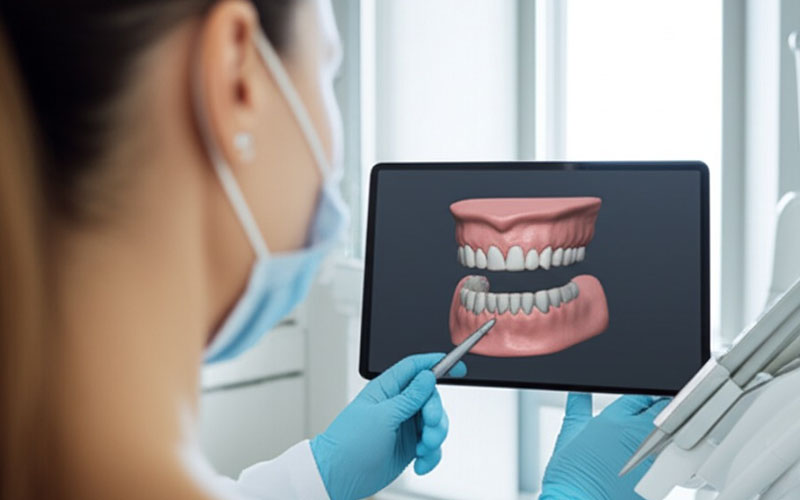
Better Treatment Choices for Broken or Missing Teeth
“Can My Teeth Even Be Saved?” The Answer: Often, Yes
Every smile is different, and so is the path to getting it back. Here are the main options, so you know what’s out there.
Fixing Teeth You Still Have
- Crowns
When a tooth is badly hurt by decay or a break, a crown is like a hard, custom helmet that protects it. Today’s crowns are tough, realistic, and last a long time—10-20 years isn’t strange. - Bridges
If you’re missing a tooth or a few, a bridge fills the space by connecting to the teeth next door. It works and looks good too. - Root Canals
If an infection is deep but the tooth has roots left, a root canal cleans it out and lets you keep your tooth. It also gets rid of pain fast. - Fillings & Bonding
For smaller but still serious holes, modern white filling stuff is strong and blends in well.
Replacing Teeth That Can’t Be Saved
- Dental Implants: The Best All-Around Option
Implants work like new roots in your jaw, topped with a custom tooth. You can do just one, a few, or even a full set (called All-on-4).- Single Implants fill one gap.
- Implant Bridges fix rows of missing teeth.
- All-on-4 gives you a full row (top or bottom) with four to six implants.
- Implant Dentures lock on for a stable fit—no need for glue.
- Dentures: Newer, Better Options
Modern dentures are way more comfortable and natural-looking than old ones.- Full Dentures replace every tooth on the top or bottom.
- Partials fill in spaces when you still have most of your real teeth.
- Immediate Dentures go in right after pulling teeth, keeping you from ever being without a smile.
Don’t know what’s best? Your dentist will help you pick, looking at your jaw, how many teeth are left, and what suits your life.
Fixing the Base: Gums & Bone
- Gum Help
Healthy gums matter most if you want your dental work to last. Deep cleaning, laser help, or even gum surgery can get rid of infection and help gums heal. - Bone Grafts & Sinus Lifts
Lost bone can make implants hard, but bone grafts bring that back. Sinus lifts open up space in the top jaw for implants.
Big-Picture Fixes: Full Mouth Makeovers
If your teeth need more than just repairs here and there, a “full mouth makeover” can combine everything—implants, crowns, fixing gums, and more—to rebuild your whole smile. This is planned by a team: a general dentist, prosthodontist, gum doctor, oral surgeon, and maybe a jaw expert.
What About Cost, Recovery, & Taking Care of Things?
“Is This Going To Cost A Fortune? How Long Will This Take? Will It Hurt?”
Great questions—you aren’t the first to ask! Here’s how it usually works.
Cost: What You’ll Pay
Getting dental care, especially big jobs, does cost money. But don’t let big price tags scare you off—most offices have ways to help.
| Treatment | Average Prices (USD) |
|---|---|
| Single Crown | $1,000 – $3,000 |
| Bridge (per tooth) | $2,500 – $5,000 |
| Single Implant (with crown) | $3,000 – $6,000 |
| Full All-on-4 Implants | $20,000 – $50,000+ per row |
| Full Dentures | $1,500 – $6,000 (each row) |
| Partial Dentures | $1,000 – $3,000 |
| Full Mouth Makeover | $30,000 – $80,000+ |
Ways to Make It Affordable
- Dental Insurance: Look for coverage for bigger jobs: crowns, extractions, dentures, implants.
- Payment Plans: Many offices let you pay monthly, or use outside companies for loans.
- Dental Schools: Students do the work, with a teacher watching—costs can be half as much.
- Charity Care: Some groups help pay for dental work if you’re in a tight spot.
Tip: Ask for a full, written plan to see every step and cost before you start.
How Long Will This Take & What About Healing?
Big treatments usually need more than one visit:
- Crowns, Bridges, Fillings: 1-2 weeks.
- Easy Tooth Pulling: Done in a day, just a few days’ healing.
- Implants: Several visits—putting the implant in, letting it heal (3-6 months), then adding the tooth on top.
- All-on-4 or Full Mouth: Your smile can sometimes change in just one day, but healing and follow-up take months.
Pain control is better than ever. Numbing shots, being put to sleep, or other medicine can keep you pain-free—even if the dentist makes you anxious.
How Long Will My New Teeth Last?
- Implants: With care, 15 years to a lifetime (95–98% stay put).
- Crowns & Bridges: 5–15 years, often more.
- Dentures: 5–10 years, then you might need new ones or a re-fit.
How To Protect Your New Smile
- Brush and floss as your dentist shows you (implants may need special tools).
- See your dentist twice a year (or as often as they suggest).
- Skip biting hard, sticky things if you have certain repairs.
- Quit smoking to help your gums and bone.

Picking the Right Dentist for You
“Do I Need a Specialist? Who Can I Trust?”
Big dental problems need know-how and good tools. Here’s what to look for:
Your Dental “All-Star Team”
- General Dentist: Gets to know you and pulls the team together.
- Prosthodontist: The expert at rebuilding teeth or making dentures.
- Periodontist: Deals with gum and bone problems.
- Oral Surgeon: Handles tough extractions, bone fixes, and implants.
- Endodontist: The go-to for root canals.
Smart Questions To Ask:
- How many people with teeth like mine have you treated?
- What high-tech tools do you use?
- Can you show me before-and-after pictures or stories from other patients?
- Do you give written plans and prices ahead of time?
- What do you offer for pain or anxiety?
A dentist who listens, explains your choices, and doesn’t judge—that’s the one you want.
Keeping Your New Smile Strong: Prevention & Ongoing Care
“How Can I Make Sure My Teeth Stay Good After They’re Fixed?”
You’ve worked hard to get healthy—let’s keep it going!
Brushing & Flossing Basics (Even with New Teeth!)
- Brush 2–3 times a day using fluoride paste.
- Floss each day, using special tools if needed.
- Use anti-germ rinse if told to.
- If you wear dentures, clean them every night.
Stay In Touch With Your Dental Office
- Get cleanings 2–4 times a year (depending on your needs).
- Don’t brush off sore spots or bleeding—get help early.
Live Well For A Healthier Mouth
- Eat real, healthy food—not just soft stuff. Veggies, fruit, and lean meat are great for healing.
- Cut back on soda and sweets—cavities can form even around new crowns.
- For dry mouth, chew sugar-free gum, sip water, or use special rinses.
- Grind your teeth? Ask for a night guard to protect them.
Getting a healthy smile is a fresh chance. You really deserve it.
Data, Real Stories & Key Numbers
Science backs up what we’ve said about fixing even tough teeth.
| Problem | Number / Fact | What It Means |
|---|---|---|
| Gum Disease | 47% of adults over 30 (70% at 65+) have gum problems. | You’re not the only one—no need to feel guilty. |
| Missing Teeth | 178 million Americans missing at least one; 40 million have none. | Replacing teeth is very common. |
| Implants | 95–98% last 10+ years; 3 million Americans have them. | They work, and a lot of people get them. |
| Full Mouth Makeover | Cost: $30,000–$80,000+ depending on what you need. | It’s a lot, but it can really change lives. |
| Life Quality | Over 90% eat better; 80% speak better; 95% feel more confident. | Good teeth are about more than looks! |
| Fear of Dentist | 1 in 7 Americans skip visits from anxiety. | Good pain and anxiety control is key. |
| How Long Crowns Last | 5–15 years or more if cared for well. | These fixes last a long time. |
| Bone Grafts For Implants | 85–95% work before placing implants. | Worth doing for stable, long-term results. |
Answers to Common Questions
Q: Are my teeth ever “too bad” for implants or crowns?
A: Almost never. Sometimes it takes extra steps like treating gum disease or making more bone, but even really rough mouths can be rebuilt these days—just one step at a time.
Q: Will it hurt to fix “really bad” teeth?
A: Not anymore! With numbing and even being asleep, you can get care pain-free—just tell your dentist how you feel.
Q: What if I can’t afford everything right away?
A: Most dentists work with you in steps—start with what’s urgent, then go slowly. There are ways to pay over time or get help.
Q: Will I have to go without teeth while I’m being treated?
A: Usually, no. There are quick dentures, temporary bridges, or “teeth in a day” options. Ask about what fits your story.
Your Next Step: Get Your Smile Back
Try These Actions Right Now
- Don’t put it off. Problems like gum disease only get tougher if ignored.
- Plan a full checkup. Bring info about health issues or medicines for your safety.
- Ask about all options—don’t just settle for “pull them all.”
- Be honest about your fears and what you want. Good dentists listen.
- Stay focused on the win. A healthy mouth helps your heart, controls sugar, and lets you enjoy food and laughter again.
Remember, “really bad teeth” can get better. Both your health and your smile can come back. You deserve a fresh start, and modern dentistry puts that within reach—no matter where you’re starting.
Key Points To Remember
- Serious dental problems are much more common than you think—and treatable.
- There’s a fix for almost any problem—crowns, bridges, implants, and great dentures.
- The right dentist is the one who listens, teaches, and works as a team.
- Price and time required change by case, but there are options for nearly everyone.
- Keep your smile strong with home care, regular dentist visits, and healthy habits.
Ready to make a change? A brighter, healthier smile is absolutely possible. Don’t let shame or fear hold you back one more day. Book that visit, ask your questions, and take the first step toward feeling—and looking—better.
Medically checked by Dr. Jane Doe, DMD. Sources: American Dental Association (ADA), CDC, American College of Prosthodontists.
Questions? Just want to talk about your teeth? A friendly dental team is waiting—set up your appointment today!



